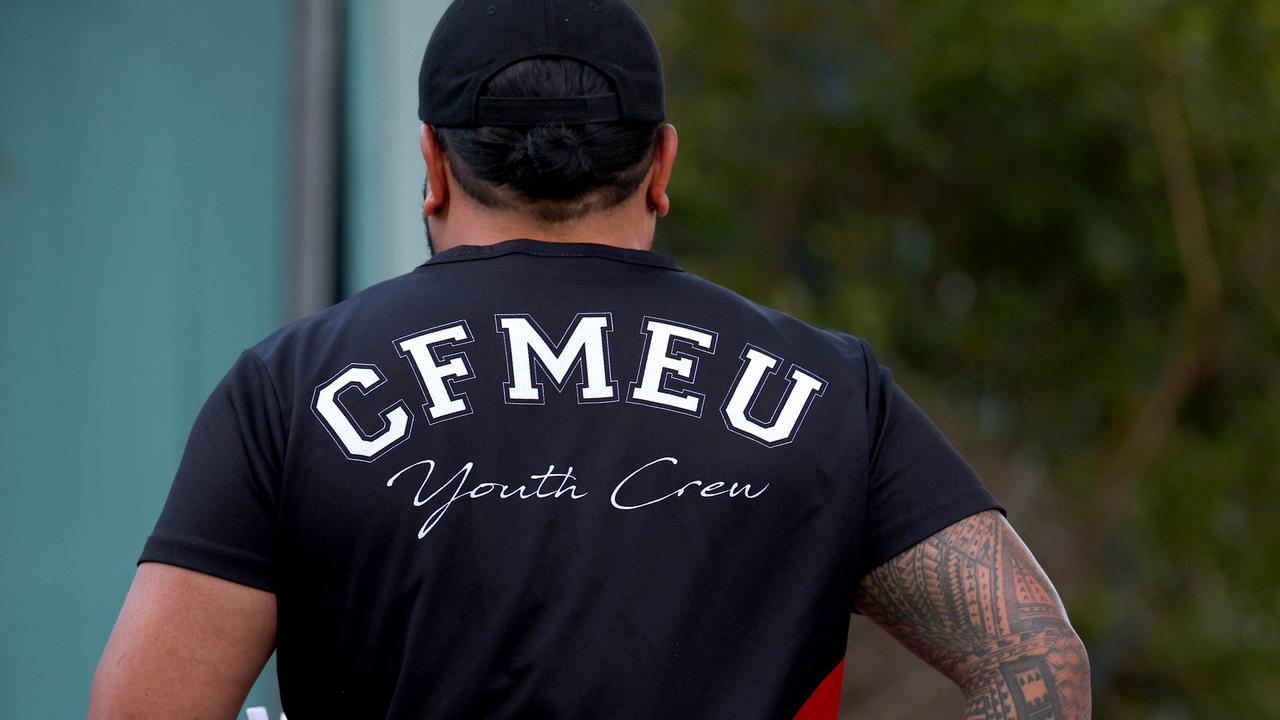100 dead birds found on North Stradbroke Island beaches
Queensland authorities are on alert after thousands of dead birds have washed up on east coast beaches, including popular spots on North Stradbroke Island, triggering fears of a new bird flu.
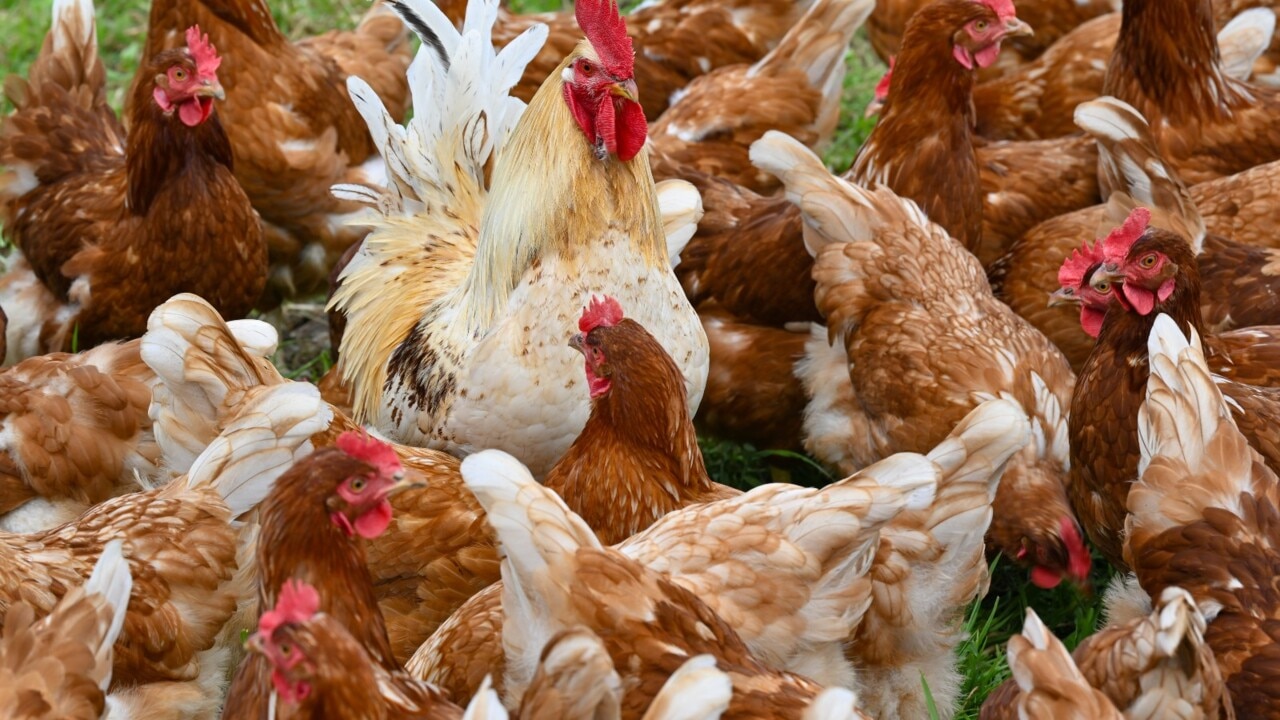
QLD News
Don't miss out on the headlines from QLD News. Followed categories will be added to My News.
Horrified beachgoers are reporting thousands of migratory seabirds dead or starving on beaches from North Queensland to Tasmania triggering concerns of a new deadly avian flu.
About 100 carcasses have been found on beaches at North Stradbroke Island over the past week, according to residents.
Scientists refer to the phenomenon of masses of dead and dying migratory shearwater mutton-birds washing up on the beach as “a seabird wreck”.
Their deaths coincided with complaints about a blue-grey sludge washing up on the foreshore at nearby Coochiemudlo Island beach.
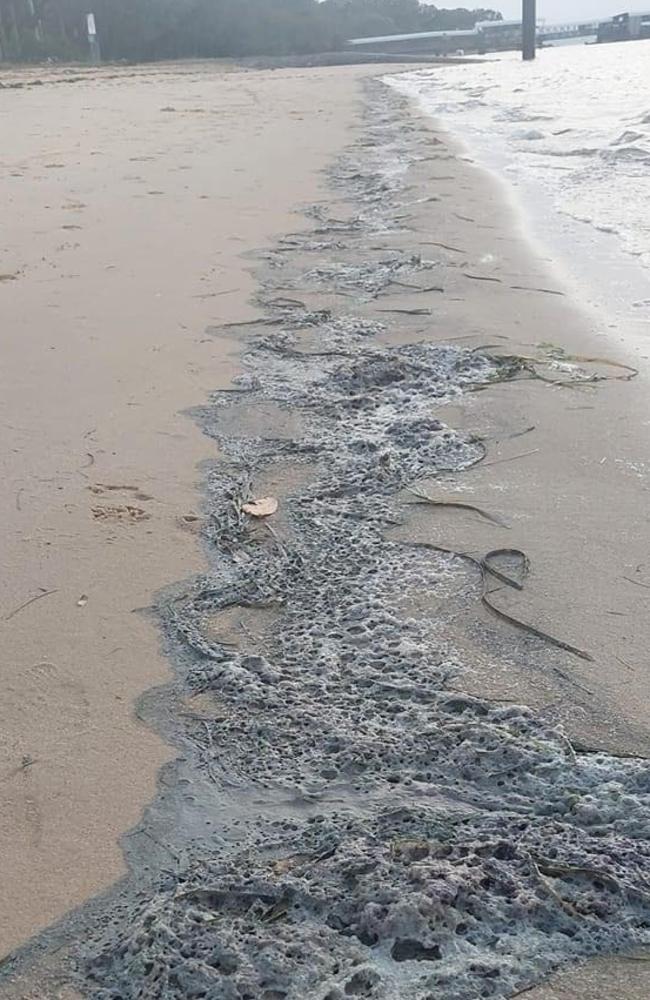
From October to November, migrating short-tailed shearwaters travel to their breeding sites along the Australian east coast from as far away as South America, Siberia and Japan.
This week, Redland City Council refused to respond to questions about the dead birds on its beaches or the pungent scum washed up on its beach at Coochiemudlo Island.
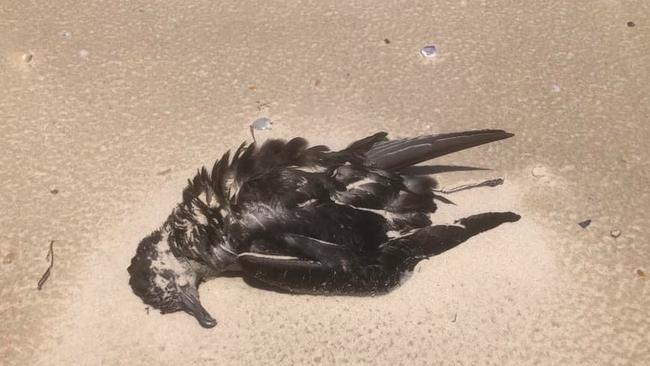
Instead, the council referred to a media report last week about the looming threat of the lethal bird flu strain H5N1 in northern New South Wales.
Questions to the Queensland government’s Environment Department also went unanswered with the department referring the matter to Biosecurity Queensland.
In a statement, the Environment Department said it believed the main cause of the bird deaths on Straddie was malnutrition from them not eating enough food prior to their migration to Australia.
“The sludge on the beaches is not linked to the bird deaths,” the statement said.
“The main cause of the bird deaths is malnutrition from them not eating enough food prior to their migration to Australia.”
Biosecurity Queensland said it was communicating regularly with veterinarians from Queensland wildlife hospitals and advised that the shearwater deaths along the coast were at “a normal level”.
Biosecurity Queensland also said it had tested shearwaters and other wild birds found dead on Stradbroke Island for avian influenza with all results negative for H5N1.
The shearwater birds’ deaths have not been confined to Queensland shores.
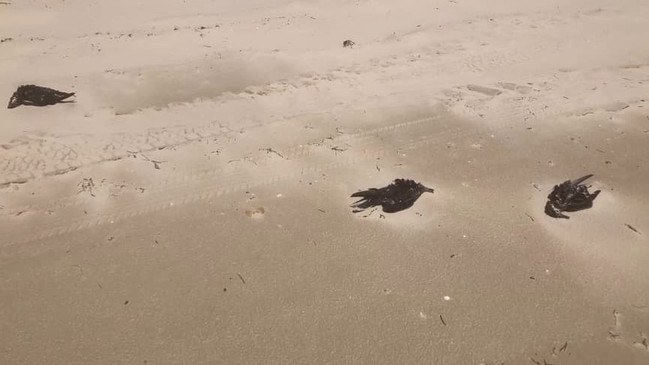
Wildlife rescuers in New South Wales have already urged the NSW government to increase measures to prevent the potential spread of bird flu strain H5N1, which is yet to arrive in Australia.
Marine experts predicted the virus could arrive with this year’s spring migration of seabirds.
The matter is so serious that last month, the federal government set up a $95 million fund to help the nation prepare for such an emergency.
University of Tasmania marine scientist Dr Lauren Roman, who specialises in marine debris,
did not rule out the new and deadly avian flu and warned beachgoers to immediately report “unusual bird deaths this summer” but not to touch the carcasses.
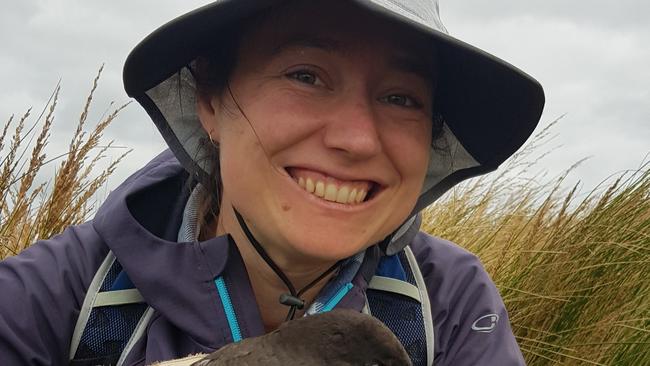
“The birds are in starving condition but we can’t really say that starvation is the cause of death without eliminating other causes,” she said.
“The deadly bird disease has a probability of reaching Australia’s shores this summer.
“High pathogenicity avian influenza, HPAI, has killed millions of birds worldwide, including seabirds.
“The disease could enter Australia if carried by birds, including mutton-birds, migrating from the Northern Hemisphere, where HPAI is infecting wild bird populations.
“Queensland authorities are on alert for any mass mortality of birds at the moment, especially migratory birds.
“However mortalities of migrating shearwaters commonly occur this time of year so people should be alert but not alarmed.”

Birdlife Australia chief executive Kate Millar last week also warned the nation was not prepared for the H5N1 virus, a specific subtype of the influenza A virus.
She said the H5N1 is the deadliest strain of bird flu and it was believed the highly pathogenic avian influenza strain is to blame for widespread mass deaths of wild birds across the globe.
The thousands of carcasses on east coast beaches has prompted Australian research organisation Adrift Lab to start building a data bank.
So far, the group has reported tens of thousands of birds have died on the 2000km stretch of east coast beaches in the past months.
Adrift Lab has warned people not to touch the animals without gloves and masks on.
Reactions to the carcasses on North Stradbroke Island have been mixed.
Some residents, including Drummond Lowe, recalled similar occurrences over the years, noting that the scale this year was unprecedented.
Other residents, including Amanda Joy, argued against dismissing the scientific data and highlighted the importance of research from groups such as Adrift Lab.
More Coverage
Originally published as 100 dead birds found on North Stradbroke Island beaches





